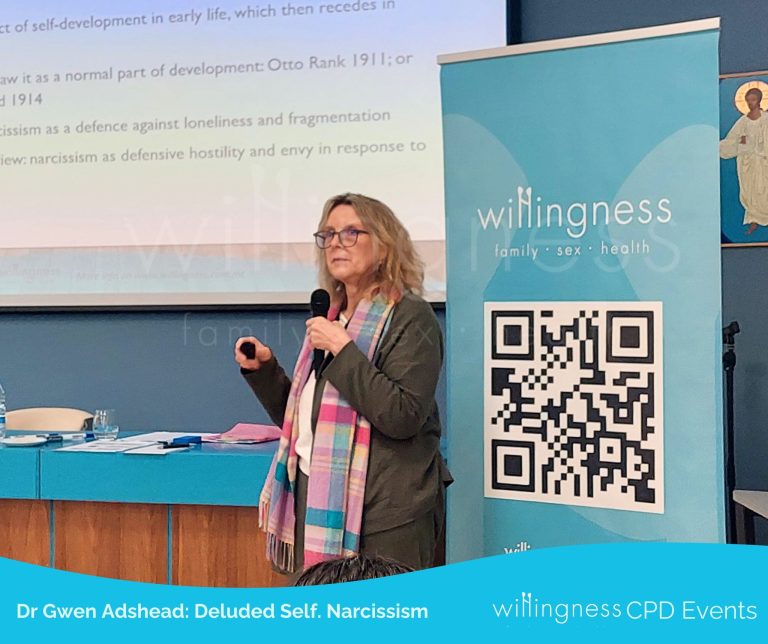Expressing sadness in healthier ways
Sadness is a basic human emotion that affects everyone at some point in their lives and is generally associated with negative mood and feelings of unhappiness. It is an emotion that can be triggered by various factors, like losing something or someone irretrievably, the death of someone we love, things not being what we expected or wanted, not getting what we believe we need in life or what we have worked for, being alone or feeling isolated or like an outsider, reading or hearing other people’s troubles in the world, and being with someone else who is sad or in pain.
While sadness is often considered to be an unpleasant emotion, it is important to remember that there is no such thing as a ‘good’ or ‘bad’ emotion; however, there is a difference between healthy and unhealthy expressions of emotions. It is thus important to consider ways in which we can helpfully express the emotion of sadness and maintain our well-being.
Consider your current ways of coping
A good first step would be to pause and reflect on how we usually manage sadness. We may tend to isolate ourselves or engage in self-sabotaging behaviours such as alcohol or substance abuse. Or perhaps, we tend to reach out to friends or family for support. The idea is to become aware of our current ways of coping with sadness and consider what is working well for us and what is not
Become more in tune with sadness
At times we can be so much out of tune with our emotions that we may not even realise when we are feeling sadness. This is because we may have learned to suppress and numb our feelings. It may be, however, helpful to learn to allow ourselves to become more in touch with the emotion of sadness, by considering what triggers it, what goes through our minds when we feel sad, how sadness makes us feel physically, what we feel like doing or saying when feeling sad, and what we actually tend to do or say. In this way, we are better placed to identify and respond to sadness in more helpful ways in the future.
Give yourself permission to cry
Crying is a phenomenon that is unique to humans and constitutes the body’s natural way of releasing sadness. When we cry, certain hormones such as serotonin and oxytocin are released which help to reduce stress and promote our well-being. It may be helpful to consider our relationship with crying, and what may prevent us from feeling able to cry when warranted; for instance, do you think that you may be judged or appear too vulnerable, or think that crying is a sign of weakness or lack of control? Try to begin to think of crying as a normal human action when feeling sad as opposed to judging yourself and consider allowing yourself to release sadness in a healthy way by shedding some tears.
Practise self-compassion
Self-compassion is the desire to care for and be kind to ourselves during difficult times. It is an internal form of empathy and understanding we would extend to another person. Practising self-compassion when we feel sad means moving toward acknowledging what we are feeling without blaming ourselves for feeling the way we feel. When experiencing sadness, you may thus wish to offer yourself a self-compassionate statement such as “This is a difficult moment, it’s okay to feel sad, how can I be kind and supportive towards myself right now?”
If you think that you can benefit from professional support on this issue you can reach out here.
Dr. Ronald Zammit holds a Doctorate in Clinical Psychology from the University of Southampton, has completed Master’s level psychotherapy training in Cognitive Behavioural Therapy at the New Buckinghamshire University in the UK, as well as received training in Dialectical Behaviour Therapy (DBT). He has a special interest in mood and anxiety disorders, post-traumatic stress disorder and other trauma-related difficulties, personality disorders, and compassion-based approaches to treating difficulties related to high self-criticism and shame.







